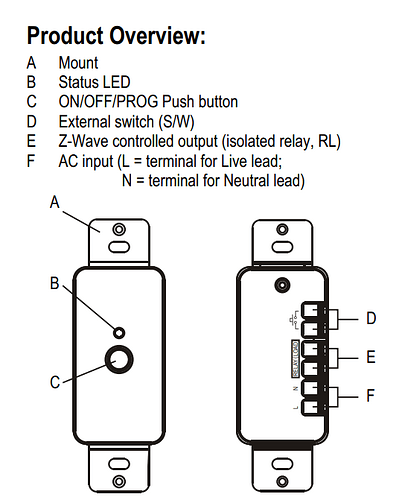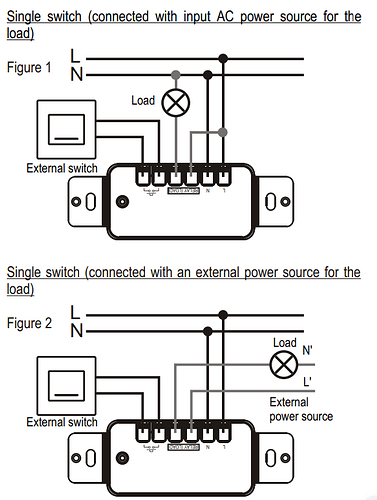I believe the Ecobee is able to control either a humidifier or dehumidifier based upon humidity so you might consider moving the humidifier to the Ecobee from the Furnace control board. I have a whole house dehumidifier and it is controlled by a Nest thermostat entirely separately from the HVAC system so it runs when it needs to regardless of the HVAC state. In the case of a humidifier, I believe you will only want it to run if the humidity is below a certain level and the Heat is running but the Ecobee should be able to handle that too. You might even find that the Ecobee uses exterior conditions to intelligently humidify or not.
That said, for your relay solution, I would wire things in stages, confirming each along the way. Here are some ideas but “disclaimer” I am in no way responsible for your not following basic electrical safety precautions to avoid electrocuting yourself. If you are not comfortable with wiring up 120V circuits, hire an HVAC contractor to install the RemoteTec.
Powering the Remotec & Pairing with the Vera
The F terminals “power” the relay itself and the E terminals switch the load. So you want to turn off the breaker at your panel and connect the Line (hot from breaker box) to the L terminal and Neutral from your breaker box to the N terminals. I don’t see a ground terminal in the wiring diagrams above, but if there is a ground terminal, be sure to connect that now. Turn the breaker back on at the panel to power up the Remotec. At this point, you should be able to pair it with the Vera turn the RemoteTec on and off which will close and open the E terminals respectively. I believe you will hear a click each time you turn it on and off from the Vera. When you have this working, move to the next step.
Switching the Load (Humidifier) with Z-Wave
Most HVAC systems use 24V Transformers to power relays that open and close circuits for control loops. In your case, it sounds like the 24V Transformer’s role is limited to powering/controlling the Humidifier Solenoid valve. When the furnace controls open/close (most likely a relay itself), they open/close the 24V loop of the transformer across the Humidifier solenoid to open and close the value. I’m assuming the 24V transformer is always powered by 120V and the Furnace controls are only on the 24V side.
Now that you can control the E-terminals akin to a normal open/close (i.e. off/on) switch, you simply wire the 24V supply to the solenoid through E terminals. You’ll want to go directly from the 24V transformer to the solenoid (i.e. the Furnace should not be controlling anything yet). At this point, you should be able to turn the Humidifier on and off using the Vera.
At this point, you can use Vera Scenes or Reactor (highly-recommended for this type of control-loop scenario) to run the Humidifier when you want it to run. In other words, Furnace and fan operating, humidity is low so turn on the Humidifier. Personally I’de stop here to keep things simple by consolidating the Humidifier control logic to the Vera.
Furnace Control of Humidifier
(Optional and probably not necessary) I’m not exactly sure how the Remotec works, but I believe that the z-wave control and D controls are peers meaning, if you switch one, it will reflect the state on the other but I am not 100% certain. If that is the case, then you can use the D relay control so your Furnace can turn the Humidifier on by running the Furnace control to the D-terminals instead of the solenoid. When the Furnace “enables” the Humidifier, it will close the switch on the D terminals and turn the Remotec relay on which will turn the solenoid valve on.
In this configuration, z-wave can turn the humidifier on, the furnace can turn the humidifier on and you can manually turn it on using the button on the front of the Remotec. Because each control is autonomous, you would have to put the smarts into your Vera to do things like ensure the Humidifier is not operating without the HVAC fan. The Ecobee can tell you when the Furnace Fan is running and the state of the Remotec so you might do things like, if the humidity is high enough inside and the furnace has cycled on and the humidifier is running, turn it off. You may need to use a multimeter to understand when the furnace turns on/off the humidifier relative to a cycle (i.e. 2 minutes after heat cycle begins, 2 minutes after heat cycle ends).
Anyway, it is hard to know the details without being there with a multi-meter in hand and exactly what you want the end controls to be but I hope this helps.



